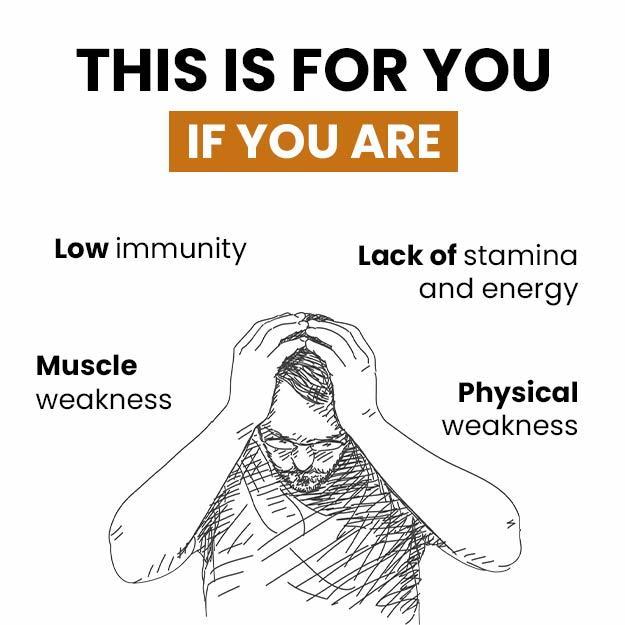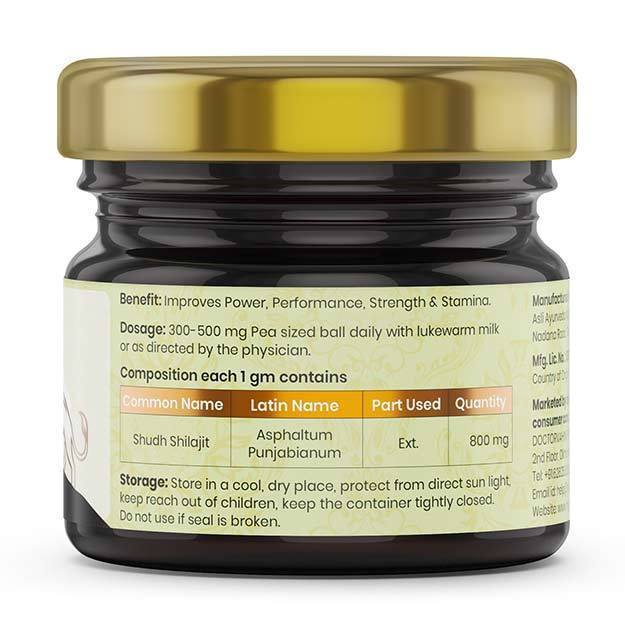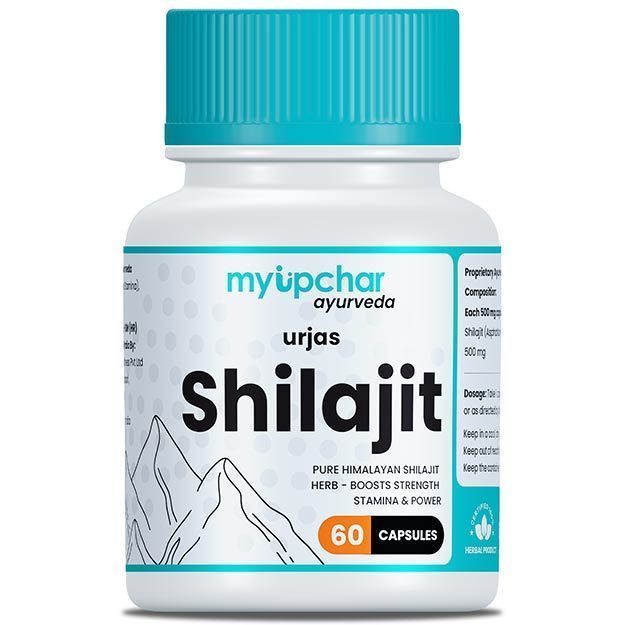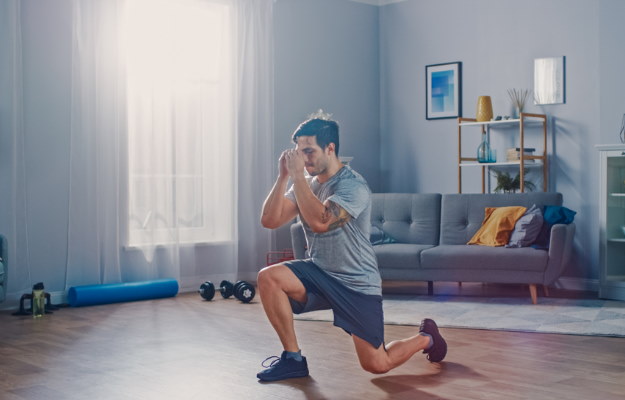We are all acquainted with athletes’ rituals of kicking a football around, weightlifters practising their lifting techniques in the warm-up areas or even runners just moving about with purpose well before the scheduled start of their competition. Regardless of whether you’re an elite level athlete or not, stretching is key to beginning a physically demanding activity.
Stretching helps in getting the muscles moving before jumping head-first into a workout, or cooled down if done afterwards. It also helps you avoid injuries; after all, you wouldn’t want to be lifting heavy weights or start sprinting immediately after waking up.







































